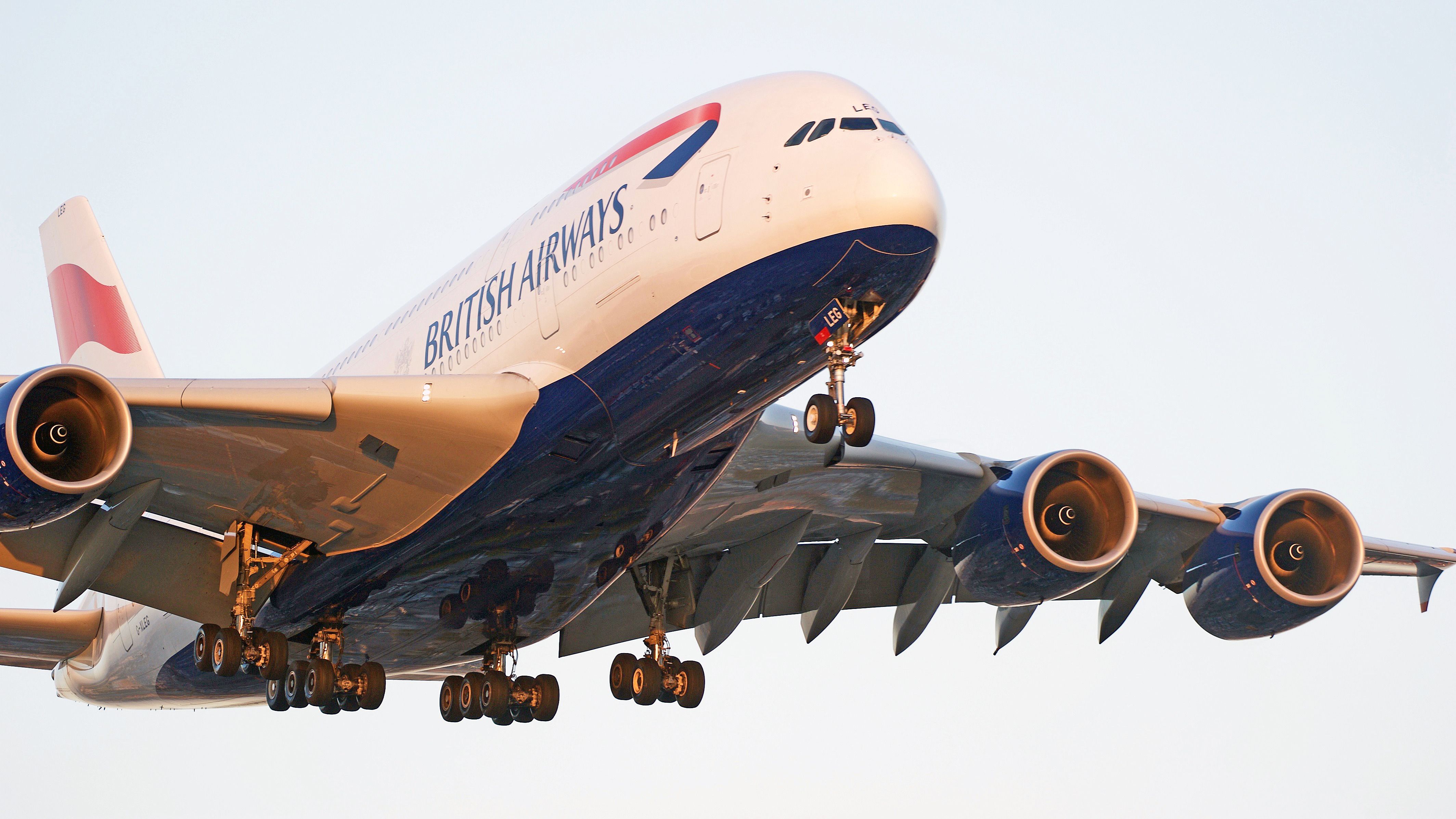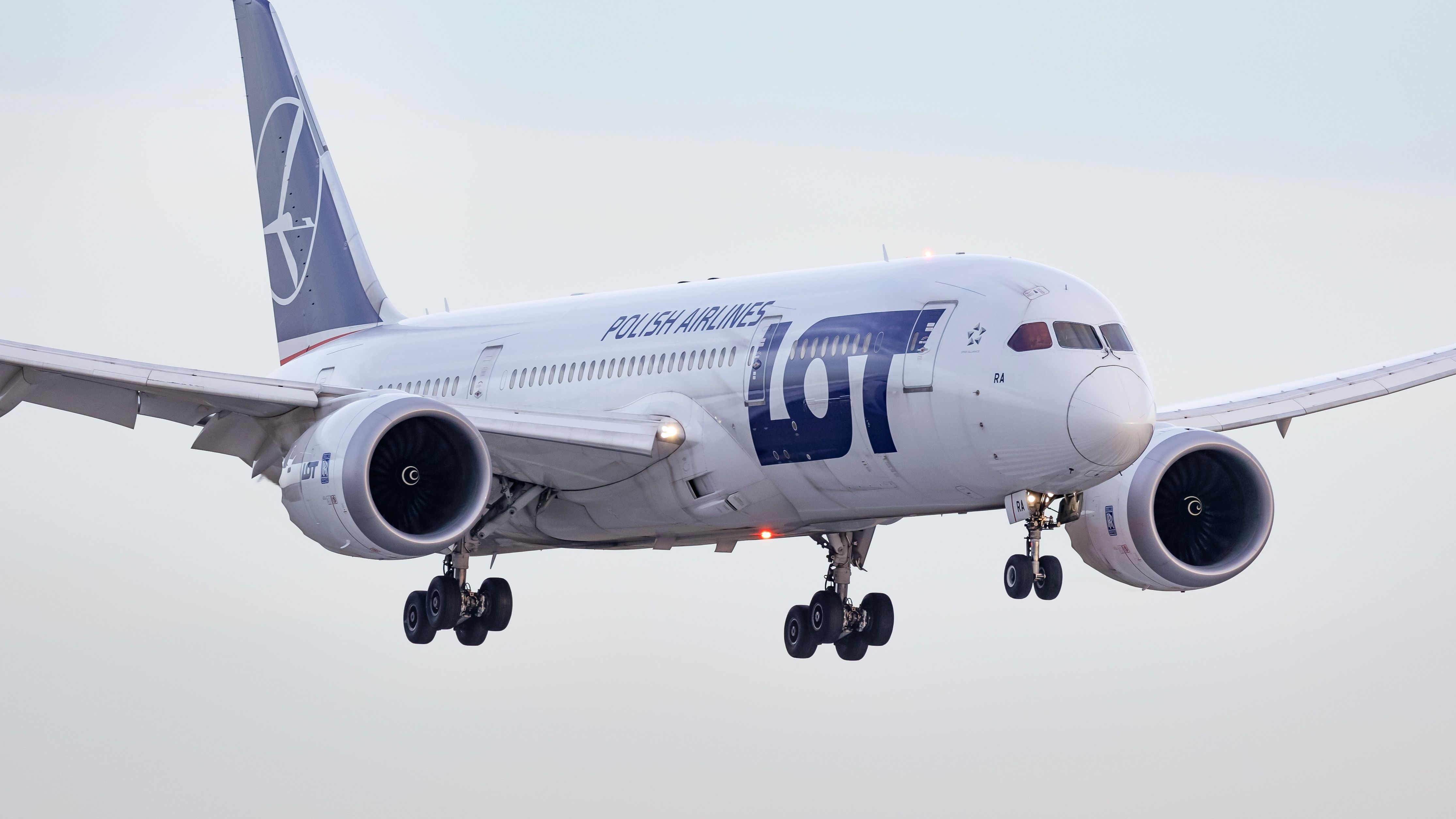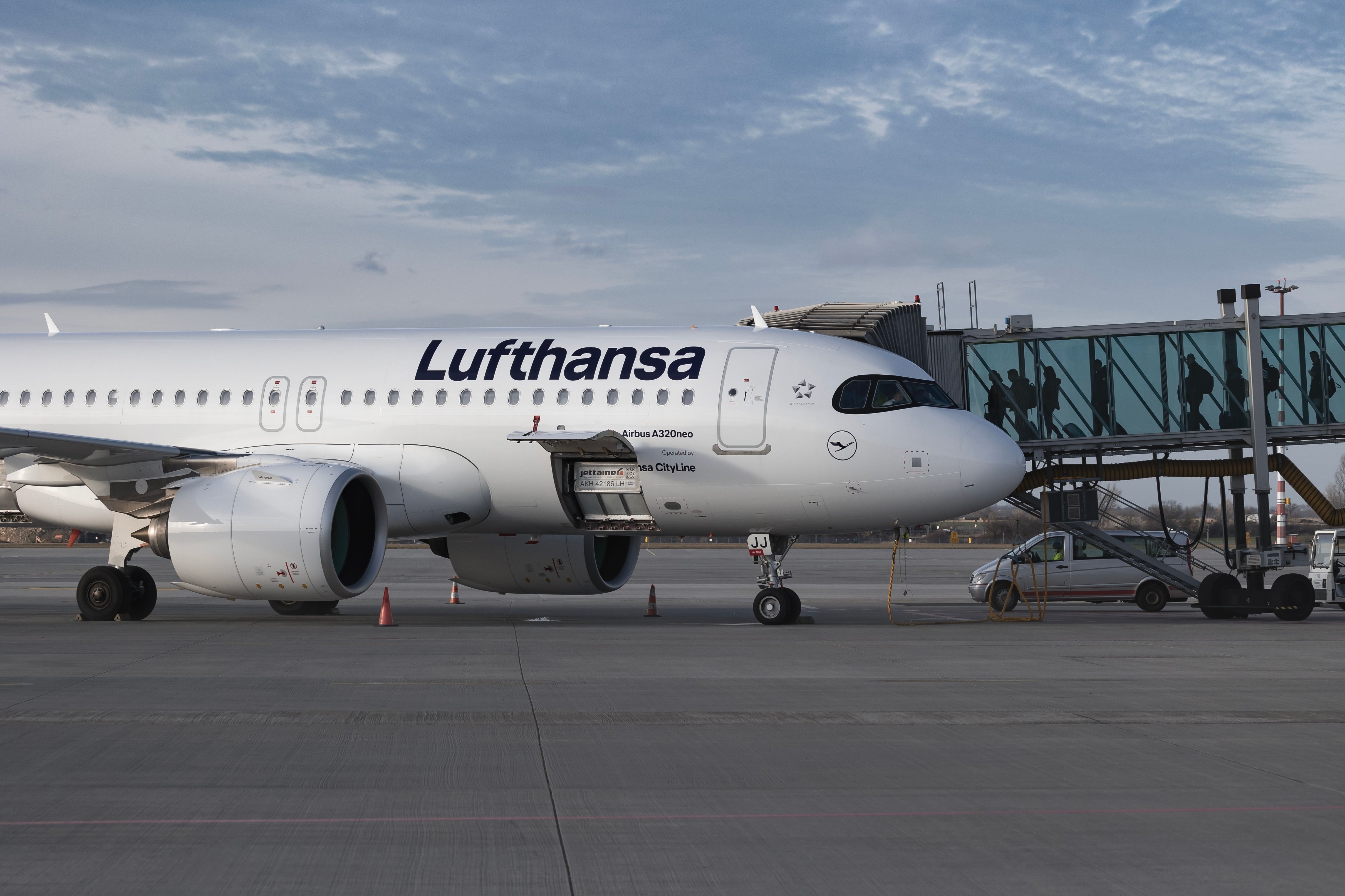Summary
- Know airline policies: Different airlines have varying rules for violence such as carry-on or checked baggage. Check before you fly!
- Recent LOT incident: LOT Polish Airlines incident shows the importance of being prepared and informed when flying with a violin.
- Rules for flying with a violin: Violins must adhere to size limits, consider purchasing an extra seat, inform the airline in advance, and secure insurance.
Traveling with a violin can be a nerve-wracking experience for musicians, especially when navigating the complexities of air travel. Airlines have varying policies regarding musical instruments, and understanding these rules is crucial for ensuring your precious instrument arrives safely at your destination. Let’s discover what you need to know about flying with a violin.
The importance of knowing airline policies
When flying with a violin, the first step is to familiarize yourself with the specific airline’s policies regarding musical instruments. Each airline has its own set of rules, and these can vary significantly. Some airlines allow violins as carry-on items if they fit in the overhead bin, while others might require them to be checked as baggage. This distinction is critical, as violins are delicate instruments that can be easily damaged when handled roughly.
For instance, according to British Airways, the airline allows musical instruments like violins to be carried as hand baggage, provided they fit within the dimensions allowed for cabin baggage. They also offer the option to purchase an extra seat for the instrument, ensuring it remains in the cabin and under your watchful eye. In contrast, some airlines may have stricter policies, requiring musicians to check their instruments if they exceed certain size limits.
Photo: Philip Pilosian | Shutterstock
LOT of Polish Airlines’ violin incident
A recent LOT Polish Airlines incident underscores the importance of understanding these policies. In April 2024, LOT Polish Airlines made headlines when a renowned violinist, Gautier Capuçon, was forced to check his Stradivarius violin at the gate. This incident sparked outrage within the musical community, as Stradivarius violins are rare, precious, and exceptionally delicate instruments. Capuçon had no choice but to hand over his 18th-century violin to airline staff, despite his protestations and the significant risk of damage during handling and transport.
Following this incident, LOT Polish Airlines issued an apology, stating they would review their policies regarding the transport of musical instruments. The incident highlighted the need for more transparent communication and consistency in enforcing airline policies. While the airline promised to revise its approach, this case is a stark reminder for musicians to understand airline regulations and prepare for unexpected challenges proactively.
Current rules and regulations for flying with a violin
Musicians must adhere to specific rules and regulations when flying with a violin to avoid complications at the airport. Here are some key considerations:
- Size and weight limitations: According to Matador, most airlines have specific size and weight limitations for carry-on items. Violins typically fall within these limits, but verifying this with the airline beforehand is essential. Generally, a violin, in its case, should fit in the overhead compartment, but this can vary depending on the aircraft type and the airline’s policies.
- Purchasing an extra seat: Some airlines, like British Airways, allow passengers to buy an extra seat for their violin. This option guarantees that the instrument remains in the cabin and is not subject to the risks associated with checked baggage. Like a Stradivarius, musicians who own valuable or fragile violins often opt for this approach to ensure their instrument’s safety.
Photo: kamilpetran | Shutterstock
- Advance notice and documentation: You should contact the airline in advance to inform them that you will be traveling with a musical instrument. Some airlines may require documentation proving the instrument’s value, particularly for high-value items like a Stradivarius. Having this documentation on hand can also help with any disputes or issues at the airport.
- Insurance: According to My Luthier, insuring your violin is a wise precaution when traveling by air. While it won’t prevent damage or loss, it provides financial protection and peace of mind. Ensure the insurance covers air travel and includes any potential risks associated with the instrument being checked as baggage.
Have you ever traveled with a delicate instrument? Let us know in the comments below!
- Handling and packing: Properly packing your violin is essential to protect it from potential damage during transit. Use a hard case with adequate padding, and consider adding extra cushioning around the instrument’s most fragile parts, such as the bridge and neck. You can also use a humidifier inside the case to maintain a stable environment for the violin, as changes in humidity and temperature can affect its condition.
Here’s a handy guide on how to travel with your violin on various airlines:
|
Airline |
Carry-On Allowance |
Extra Seat Option |
Advance Notice |
|---|---|---|---|
|
British Airways |
Allowed as carry-on if it fits in overhead bin. |
Available for purchase. |
Recommended for valuable instruments. |
|
American Airlines |
Allowed as carry-on if it fits in overhead bin. |
Available for purchase. |
Recommended for large or valuable instruments. |
|
Delta Airlines |
Allowed as carry-on if it fits in overhead bin. |
Available for purchase. |
Recommended for valuable instruments. |
|
Lufthansa |
Allowed as carry-on if it fits in overhead bin. |
Available for purchase. |
Recommended for valuable instruments. |
|
LOT Polish Airlines |
Policies vary; recent incidents show inconsistencies. |
Case-by-case basis. |
Strongly recommended due to policy changes. |
Photo: kamilpetran | Shutterstock
The future of flying with musical instruments
The incident with LOT Polish Airlines has prompted discussions within the airline industry about the need for more transparent, more consistent policies regarding musical instruments. As more musicians voice their concerns, airlines will likely adopt standardized policies prioritizing the safety and well-being of the instruments and their owners. Until then, musicians must remain vigilant, well-prepared, and informed about the specific rules of the airlines they choose to fly with.






